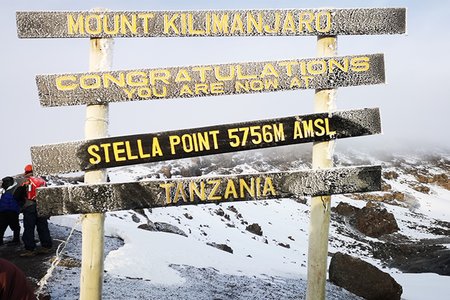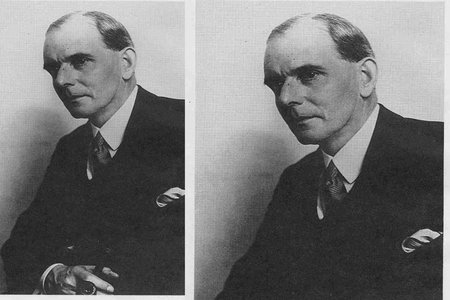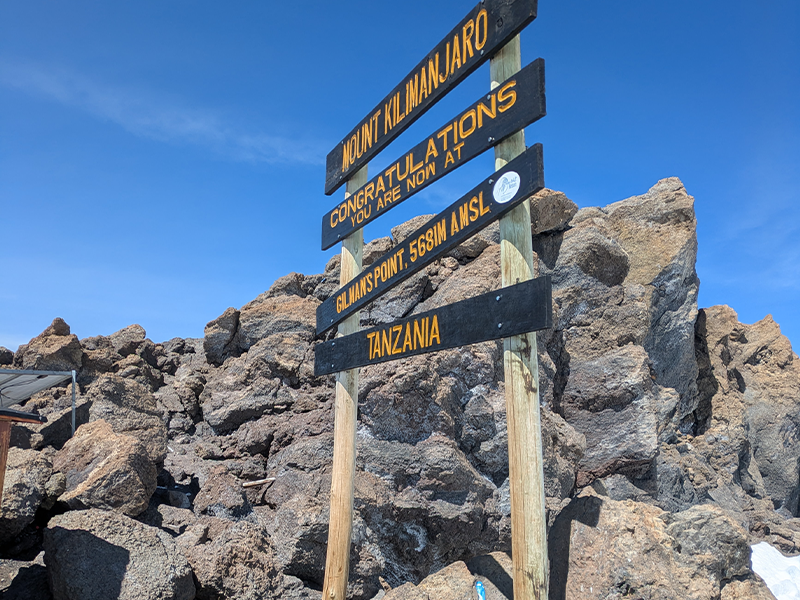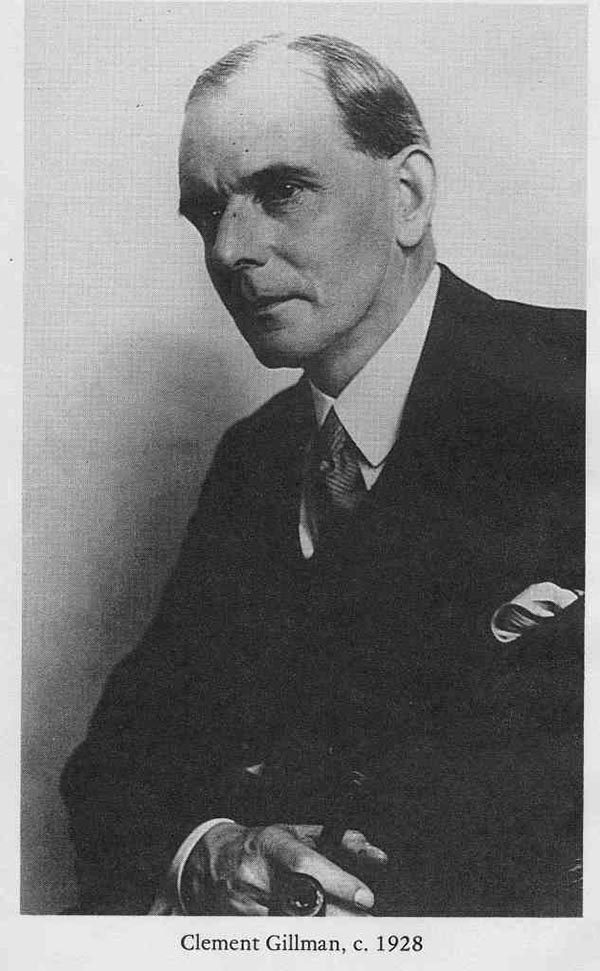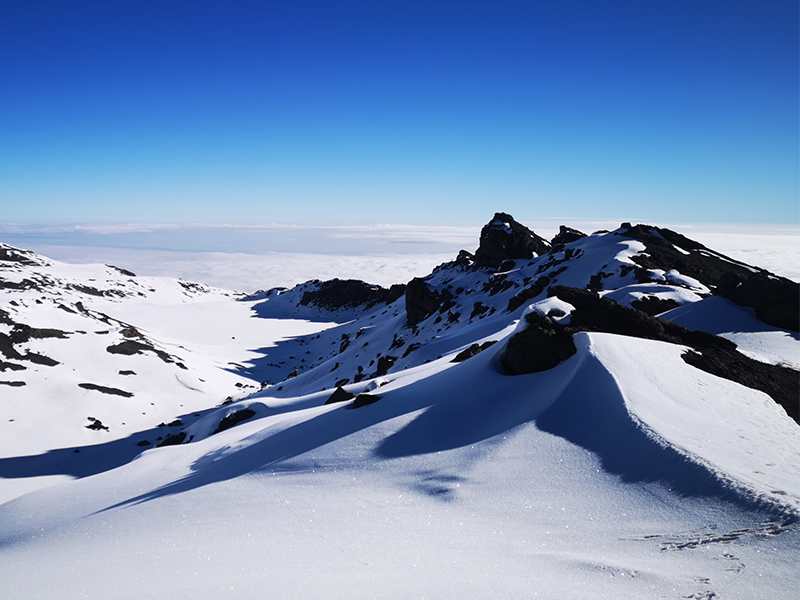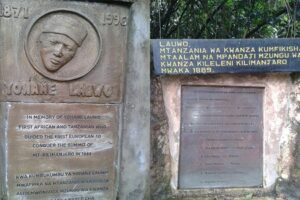Table of Contents
Why Is It Called Stella Point? The Story Behind the Name | Kili Quests
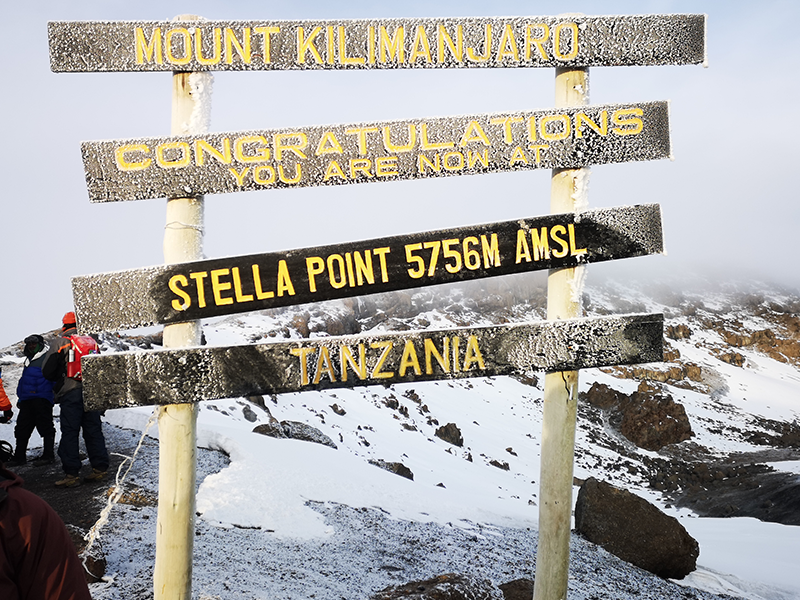
Where Is Stella Point?
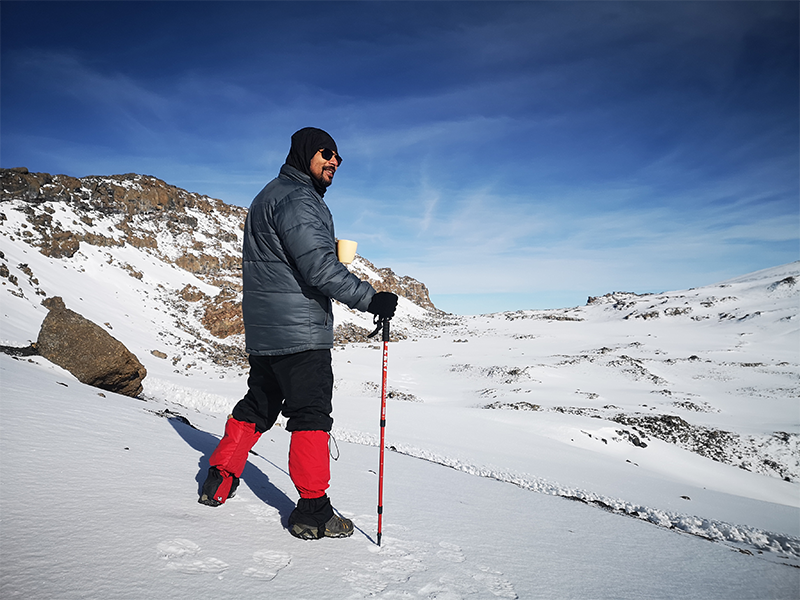
Who or What Is Stella Point Named After?
Stella Point is named in honor of Estella Latham, one of the earliest recorded women to reach this altitude on Mount Kilimanjaro in 1925. Unlike earlier assumptions linking the name to Hans Meyer’s family, historical accounts now attribute it to Latham’s notable achievement during a time when few women attempted such climbs. Hans Meyer, the first documented European to reach the summit in 1889, did name several features on the mountain — such as Gilman’s Point — but Stella Point was named later, reflecting a shift toward recognizing climbers beyond colonial figures or sponsors.
Curious who first reached the summit of Kilimanjaro? Discover the full story of [Hans Meyer’s historic ascent in 1889]
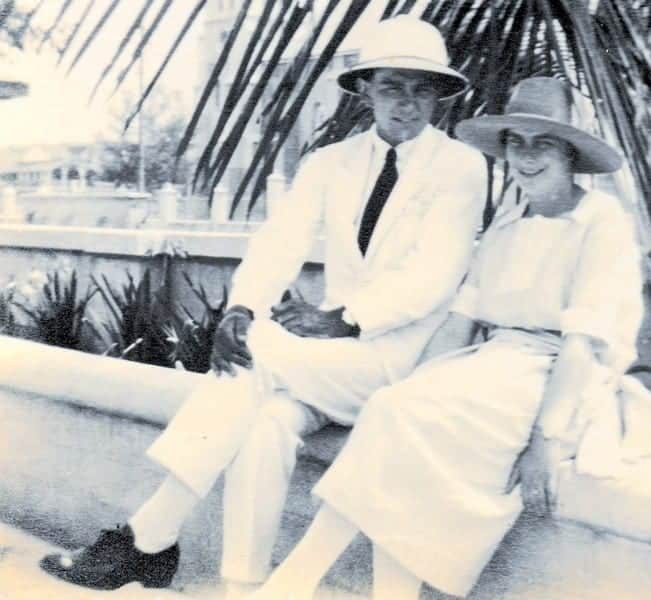
What Happens at Stella Point Today?
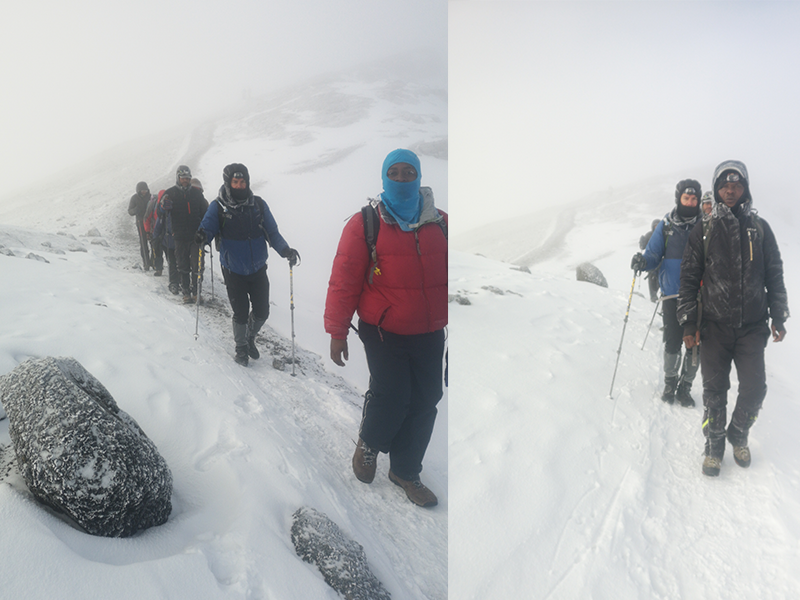
Stella Point vs. Uhuru Peak: What's the Difference?
- Stella Point: 5,739 m (18,829 ft) — crater rim
- Uhuru Peak: 5,895 m (19,341 ft) — true summit of Africa
- Distance between the two: ~150 vertical meters, 45–60 min trek
Did You Know?
- Many climbers stop at Stella Point due to exhaustion or altitude effects, and still receive a partial summit certificate.
- The sunrise views from Stella Point are breathtaking — some say even more magical than from Uhuru.
- You’ll likely pass through Stella Point on the way up via different route including Machame ,Lemosho, Shira ,Umbwe but if you climb via the Marangu Route. and Rongai route you will pass Gilman’s point first then stella point.
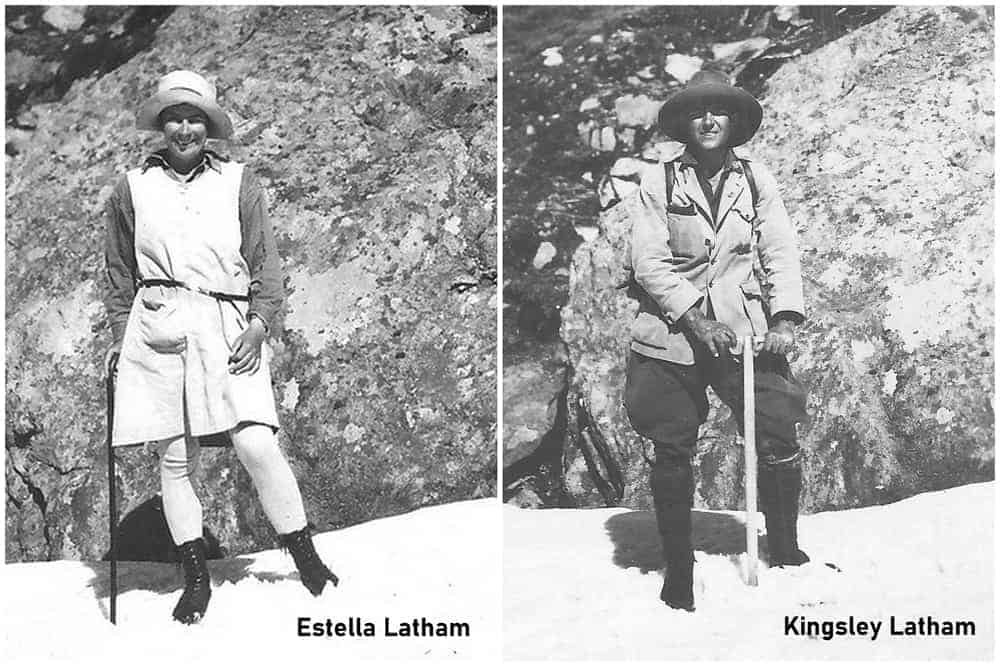
Final Thoughts
Plan Your Journey with Kili Quests
Related Articles
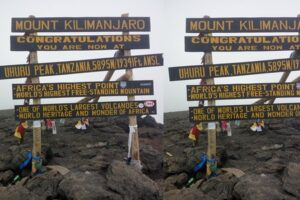
Kilimanjaro Summit History: The Meaning of Uhuru Peak
Table of Contents Uhuru Peak? The Story Behind the Name | Kili Quests Uhuru Peak is not only the summit of Mount Kilimanjaro, but

Kilimanjaro’s Ecological Zones & Altitude Guide Explained
Table of Contents Mount Kilimanjaro’s Ecological Zones Explained | Kili Quests Mount Kilimanjaro is not only Africa’s tallest peak — it’s a vertical world
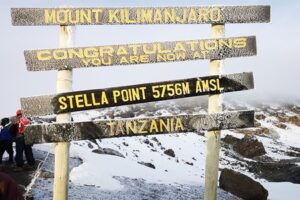
Stella Point: Why It’s Named That & Kilimanjaro History
Table of Contents Why Is It Called Stella Point? The Story Behind the Name | Kili Quests On your final push to the summit of


